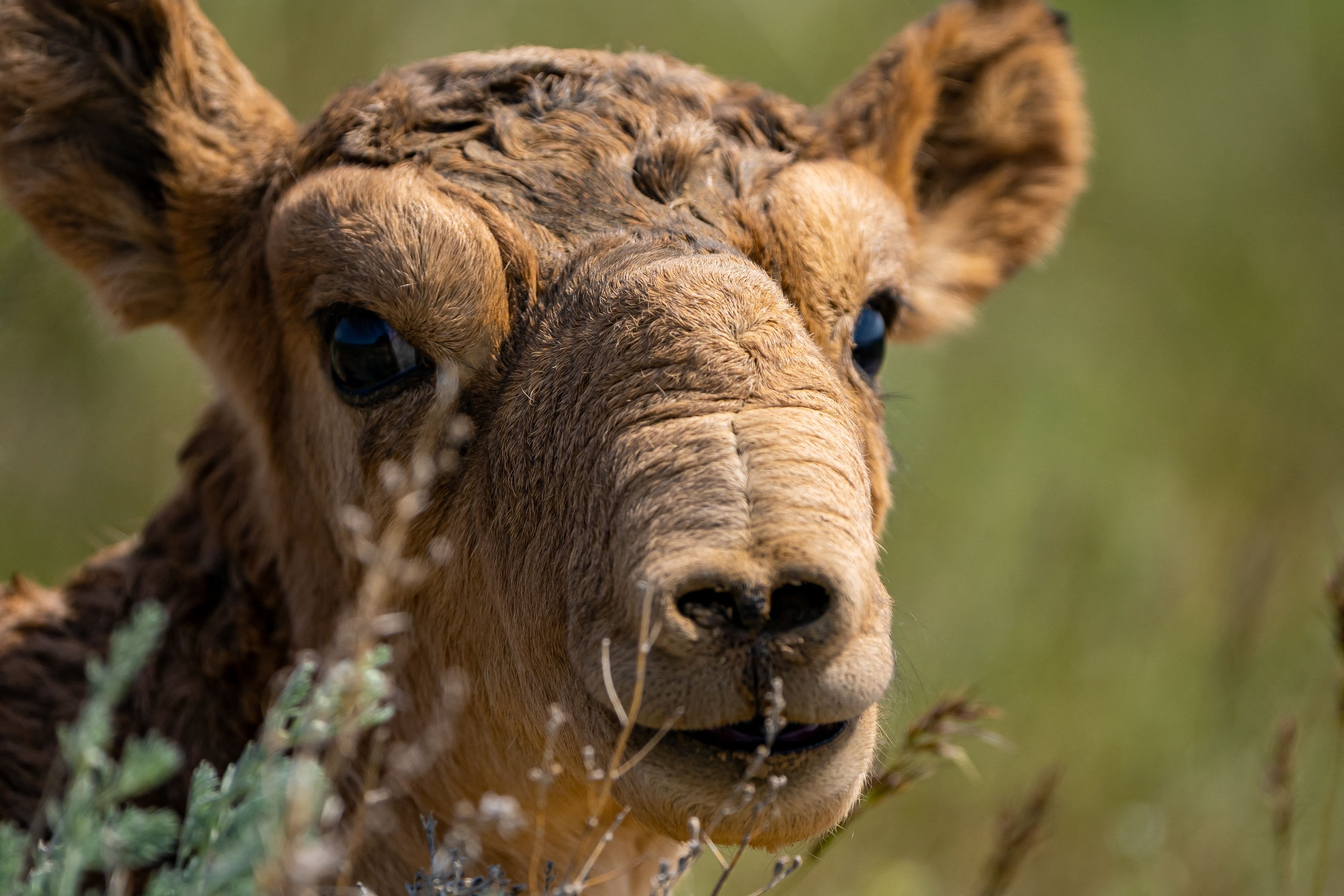UN: Nearly half of migratory species are in decline as global extinction risks rise

More than a fifth of the 1,189 migratory species the United Nations monitors are threatened with extinction and 44% are showing population declines, a landmark UN report warns.
Threat level: The biggest threats to creatures including elephants, snow leopards, sea turtles, whales, songbirds and butterflies are habitat loss from human activity and overexploitation, per the UN's State of the World's Migratory Species report, published on Monday.
- "The situation is far worse in aquatic ecosystems," with 97% of Convention on Migratory Species of Wild Animals (CMS)-listed migratory fish at risk of extinction, according to the report.
- Climate change is amplifying other risks, such as pollution and invasive species, researchers found.
🚀The first-ever CMS report on the State of the World’s Migratory Species report launched today at #CMSCOP14
— Convention on Migratory Species (CMS) (@BonnConvention) February 12, 2024
Produced for CMS by conservation scientists at @unepwcmc, it highlights the perilous state of migratory species & calls for actions to save them https://t.co/NF7b1qbGc0 pic.twitter.com/i3NOkqsq8i
The big picture: Billions of animals travel for sometimes hundreds of miles by land, sea and sky every year in search of food and to breed.
- This report marks the first comprehensive assessment of species listed under the CMS, a UN biodiversity treaty. It was unveiled at the opening of CMS COP14 — a major UN wildlife conservation conference in Samarkand, Uzbekistan.
- The extinction risk is growing for migratory species globally — including for those not covered under CMS, according to the report.
- "The report provides a global overview of the conservation status and population trends of migratory animals, combined with the latest information on their main threats and successful actions to save them," per a statement accompanying the report.
Zoom in: Species in Asia are the most threatened overall and, along with those in North America and Africa, are experiencing the fastest declines.
- Those in Europe, South and Central America and the Caribbean regions have shown increases in the past 10 years, per the report.
Yes, but: Coordinated local action led to illegal bird netting dropping 91% on the island of Cyprus, while integrated conservation and restoration work in Kazakhstan has brought the saiga antelope back from the brink of extinction.
- There are 4,508 species that are considered migratory. The report emphasizes that 399 threatened of these are not currently covered by the convention and "deserve greater attention."
- It recommends expanding CMS listings to include more species.

What we're watching: The report makes several other recommendations, including:
- Urgently taking further action to conserve species most at risk.
- Increasing efforts to tackle climate change — along with light, noise, chemical and plastic pollution.
- Strengthening and expanding efforts to combat the illegal seizure of species.
- Bolstering actions to identify, protect and manage key migratory species sites.
What they're saying: Inger Andersen, executive director of the UN Environment Program, said in a statement the report shows "unsustainable human activities are jeopardizing the future of migratory species."
- These creatures "act as indicators of environmental change" and "play an integral role in maintaining the function and resilience of our planet's complex ecosystems," Andersen said.
- "The global community has an opportunity to translate this latest science of the pressures facing migratory species into concrete conservation action. ... We cannot afford to delay, and must work together to make the recommendations a reality."
Between the lines: The decline of migratory species "has significant ecological impacts, and reflects rapid environmental change," said Rochelle Constantine, professor of marine ecology and conservation biology at the University of Auckland, New Zealand, in a statement responding to the report.
- Whales that have swum thousands of miles have found "key feeding grounds without sufficient prey; seabirds are finding resting stopovers destroyed for human development, and dolphins, sharks and seabirds are being caught at unsustainable levels in ever growing fisheries," she noted.
Read the report in full, via DocumentCloud:
Go deeper: Earth's sixth mass extinction is underway and "rapidly accelerating," study warns